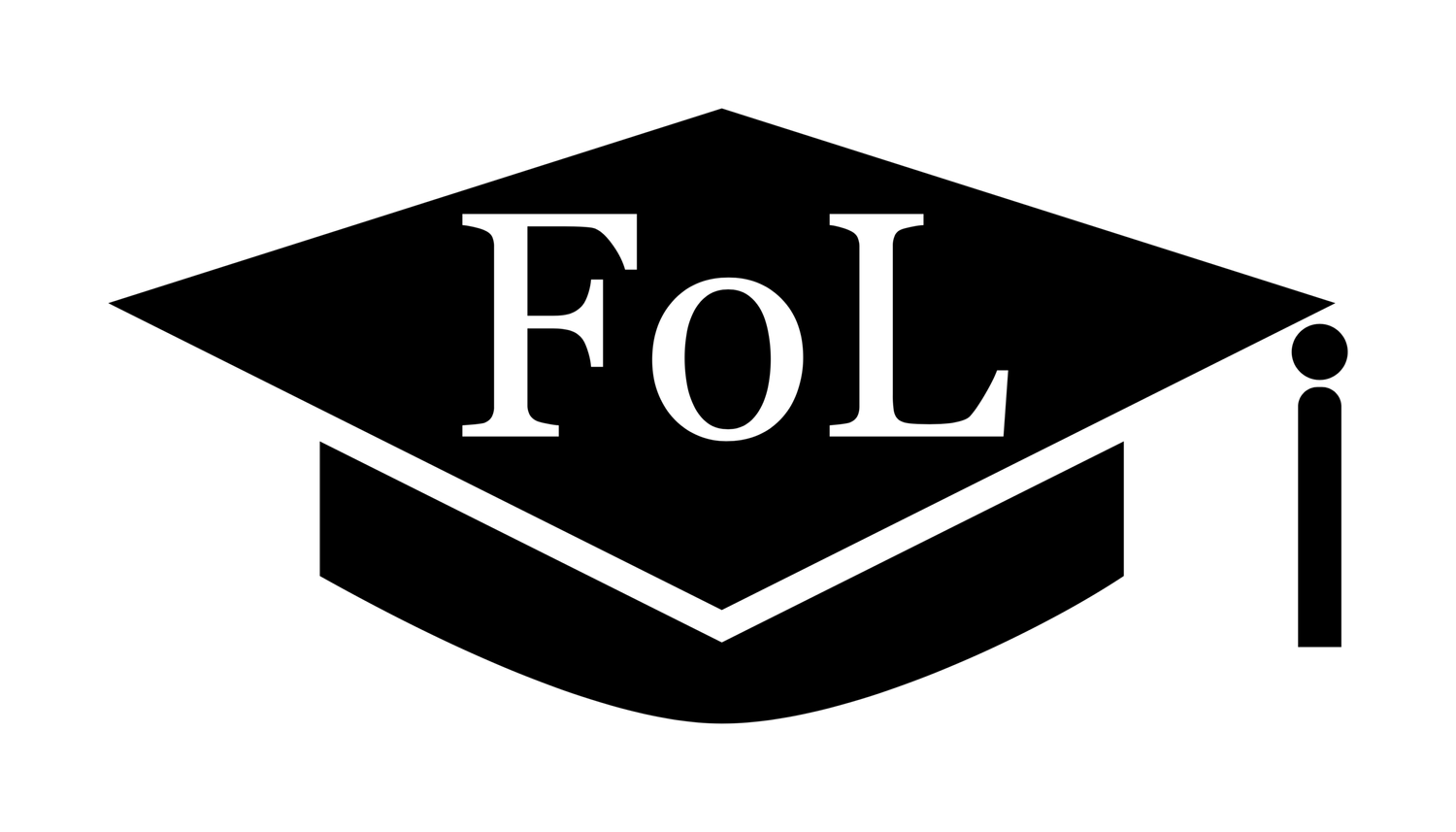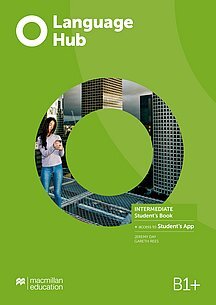Coursebook Review: Language Hub
Introduction
Language Hub (Day et al., 2019), first launched in January 2019, is the new flagship offering from publisher Macmillan Education. The coursebook forms part of a general English for adults series of six multi-level books which were only fully released in 2020. I received a complimentary copy earlier in the year, so I thought I would share my thoughts. This review will focus on the following areas: syllabus & structure, methodology & skills development, and technology & supplementary materials. These sections will consider both teacher and learner perspectives, using examples from the Intermediate (B1+) version, whilst providing fair yet critical commentary.
Structure
Language Hub is clearly divided into themed units, with each unit further divided into three sub-sections focusing on different aspects of that topic. Let’s take a look at a chapter: Unit 5 in the Intermediate coursebook focuses on work and business, offering these sub-topics: ‘at work’, ‘in business’ and ‘major presentations’. The content page explicitly outlines the learning objectives and language points. This clear structure will likely appeal to students and teachers alike, with each unit offering defined quantifiable lesson objectives.
Syllabus
In terms of topics, Language Hub favours coursebook classics such as food, sport and hobbies, while also incorporating career linked themes including work, business and innovation. Course writers Day and Rees have played it somewhat safe in terms of topic selection and scope, which is unsurprising given commercial considerations: “textbooks are commercial products, which, it is claimed, are innately conservative in order to sell as widely as possible” (Hall, 2018, p.235) — which is, of course, an inescapable fact all course books most contend with. That said, topics such as psychology, (social) change, and the arts provide a fairly diverse, if unambitious, portfolio that likely offers something that will appeal to most learners.
Skills
Each unit provides skills development through separate sections for grammar, vocabulary, pronunciation, reading, listening, speaking, and writing skills. these are identified in the contents, which link directly to bold subheadings on each full-colour page. The book also offers separate unit reviews and discrete writing tasks assist in providing a balanced skills approach. These features make it simple and straightforward for learners to see which topic and skills each unit offers while placing extra emphasis on speaking and communication.
Methodology
In methodological terms, Language Hub is undoubtedly rooted in the communicative camp. While the order in which skills are covered varies, each unit consistently concludes with a speaking activity, reinforcing the book’s implicit communicative focus. There is no consideration for context, which calls into question to what extent the book is globally applicable. Bax (2013) points out that in ELT (English language teaching) the role of context is generally overlooked “[this] leads us to ignore one key aspect of language teaching – namely the particular context in which it takes place” (Bax, 2013, p.280) so it is perhaps somewhat unfair to single out this book for lack of contextual consideration when the debate is far wider-reaching (and thus beyond the scope of this review, but an interesting point nevertheless).
While arguably a well-designed and structured contemporary coursebook, utilising modern technology, is it not immune to further methodological criticism. Moreover, it falls into the trap of failing to adequately address the learner as an individual “textbooks are also said to fail to cater for individual and/or local needs, leads to material – rather than person-centred classes” (Hall, 2018, p.235). As a teacher, I would welcome the inclusion of metacognition and a greater emphasis placed on the learner’s self-evaluation, which is notably absent here.
Technology (and supplementary materials)
Technology plays no small part in this series. In addition to standard coursebook elements, it further supplements learning through a student’s smartphone app, to allow remote study, as well as links to ‘engaging’ video content. The app offers a range of tasks linked to the coursebook which teachers can set as notifications to alert students to certain activities. The final section of each unit provides the series standout element, Café Hub, a sitcom video series following a small group of friends in the UK. To what extent learners value this sitcom element varies from student to student yet this is certainly an unusual aspect. Some learners may find this style more engaging than others — either way, it provides a useful utility for authentic real-world situational language.
Language Hub’s clear technological focus and features are undoubtedly intended to appeal to contemporary technology literate adult learners; however, this use of technology is not necessarily as inclusive as it first appears. Such a focus could exclude older, less technology proficient learners (or indeed teachers), as well as those who do not own or enjoy using a smartphone for learning purposes. This context-related issue is not something the coursebook itself adequately considers. Plainly the COVID-19 situation has thrust technology centre stage, yet it should be remembered that it is not a preference all learners share.
Conclusion
In summary then, from a learner’s point of view, the book has some obvious positives in terms of engaging design, clear structure and varied yet relatable topics. The use of technology deployed with the integration of a student app will be of interest to many contemporary learners, providing the opportunity for worthwhile supplementary out-of-class learning. The technology proficient teacher may well also enjoy setting students app-specific tasks though this will of course not appeal to all teachers. Here it should be noted that the book can be used without such features as simply a standard analogue coursebook.
Most notably, the coursebook’s own sitcom, Café Hub, will not necessarily appeal to every learner (or teacher) but judicious use of this innovative feature could prove fruitful. For all of its technological ‘bells and whistles’ however, it is neither methodologically revolutionary nor ground breaking with its choice of largely safe and functional topics. As a teacher, I fully welcome any and all innovation, although I must question how effective technological integration through use of this app is, given that there are already similar, more advanced and developed alternatives available elsewhere. Overall, this book does provide a good balance of skills and a variety of useable and relevant topics that English language learners will be able to relate to and benefit from.
Rating: 4 / 5
References:
Bax, S., (2003) 'The end of CLT: a context approach to language teaching', ELT Journal Volume, Issue 57/3, pp. 278-287.
Day, J., Rees, G., Mann, M., Taylore-Knowles, S., & Dunnet, R., (2019) Language Hub Intermediate. London: Macmillan Education.
Hall, G., (2018) Exploring English Language Teaching, Language in Action. 2nd edn. Abingdon: Routledge.

